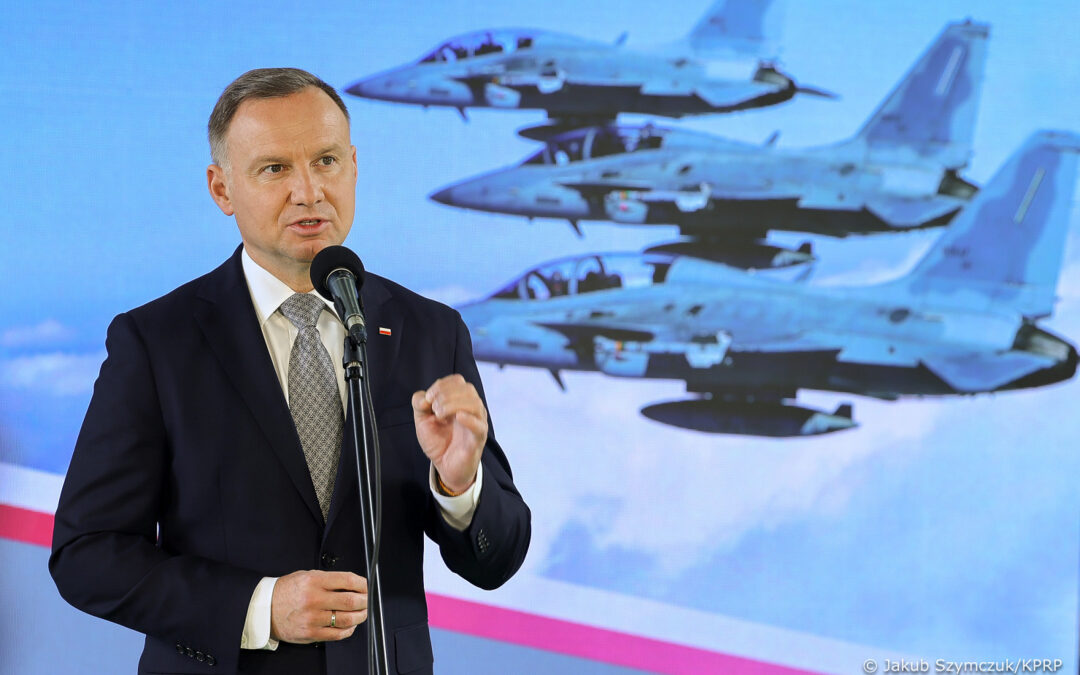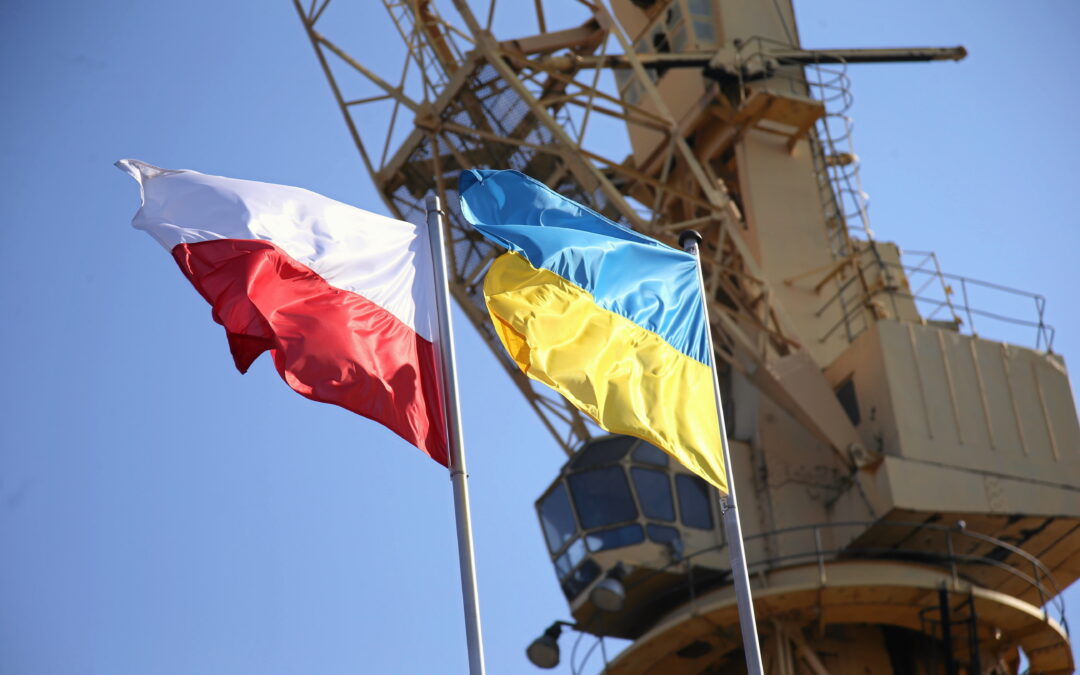Inflation reached 7.7% year-on-year in November, the fifth consecutive monthly rise and the highest figure in over two decades. Inflation in Poland has been consistently among the EU’s highest over the last two years, and is being driven in particular by rising energy and food prices.
The preliminary calculation released today by Statistics Poland (GUS), a state agency, is above the market consensus forecast of 7.4%. The final figure will be announced on 15 December, but usually differs little from the preliminary estimate.
W listopadzie 2021 r. #ceny towarów i usług konsumpcyjnych wg szybkiego szacunku wzrosły w porównaniu do listopada 2020 r. o 7,7% (wskaźnik cen 107,7), a w stosunku do października 2021 r. wzrosły o 1,0% (wskaźnik cen 101,0). https://t.co/eIHSZtLWMn#GUS #CPI #WskaźnikCen pic.twitter.com/vOenfbCpu8
— GUS (@GUS_STAT) November 30, 2021
November’s inflation was up 1.3 percentage points from the rate of 6.8% recorded in October. It is also the highest figure since December 2000, when inflation reached 8.5%, reports Business Inside Polska.
Energy prices increased by 13.4% year-on-year in November and 2.7% since October, largely due to rising heating costs. Fuel prices rose 36.6% relative to last November and 2.2% from last month.
Both these effects were driven by growing global oil prices amid a recent shortage, as well as Poland’s weak currency.
Wstępny szacunek GUS wskazuje, że inflacja wzrosła do 7,7% r/r. To piąty miesiąc z rzędu z odczytem powyżej rynkowego konsensusu. Zaskoczył wzrost cen żywności (6,4%) i energii (13,4%). Inflacja bazowa wzrosła do 4,7% r/r. pic.twitter.com/X7Zk5TQa0u
— Polski Instytut Ekonomiczny (@PIE_NET_PL) November 30, 2021
Food prices grew 6.4% annually in November, up from a 5% rise in October. Core inflation, which does not conclude the food and energy sectors, is estimated at 4.7%, according to the Polish Economics Institute (PIE), mainly due to rising prices of clothes and health services.
Pressure on prices is set to continue, with 44% of companies saying they are planning wage rises in a survey by the National Bank of Poland (NBP). Almost half of Poland’s consumers (45%) also expect inflation to remain high, according to a GUS survey.
In response to growing concern over inflation, the government last week announced an “anti-inflation” package worth up to 10 billion zloty (€2.13 billion). It includes a reduction in the excise tax on fuel, lower VAT on gas and electricity, as well as a special allowance for around five million households.
But some economists have warned that such measures could stoke inflation further. Meanwhile, other government policies, such as raising the minimum wage as well as the “Polish Deal” stimulus programme, could also put pressure on prices.
However, according to analysis by PIE – a state-linked think tank – shared with Notes from Poland, the government’s plan may reduce the inflation figures in the first quarter of 2022 by 1.2 percentage points. This would allow inflation to fall back to 6.5%.
A recent slump in the global oil price could take some pressure off. Forecast lower energy and freight costs next year could also help cushion the blow, according to PIE.
Dalszy wzrost inflacji. W XI ceny konsumpcyjne wzrosły o 7,7% r/r. Paliwa podrożały o 36,6%, nośniki energii o 13,4% r/r (!), a żywność i napoje o 6,4% r/r. Pomimo pojawienia się wariantu Omikron wirusa SARS-CoV-2, RPP podniesie w grudniu stopy procentowe o co najmniej 50pb. pic.twitter.com/lANJZPuQJG
— Analizy Pekao (@Pekao_Analizy) November 30, 2021
The central bank is also expected to continue tightening its monetary grip. The benchmark rate was increased in October for the first time in nine years, from 0.1% to 0.5%, and then again at the start of November to 1.25%.
Experts now expect that the bank’s Monetary Policy Council may increase its reference rate by a further 0.5 percentage points to 1.75% at its December meeting. Next year, rates could reach 3%, according to analysis by PIE.
At the same time, Poland’s statistics authority also released its newest GDP estimates, which put growth (seasonally unadjusted) at 5.3% year-on-year in the third quarter of 2021.
Main image credit: Piotr Skornicki / Agencja Wyborcza.pl

Maria Wilczek is deputy editor of Notes from Poland. She is a regular writer for The Times, The Economist and Al Jazeera English, and has also featured in Foreign Policy, Politico Europe, The Spectator and Gazeta Wyborcza.



















